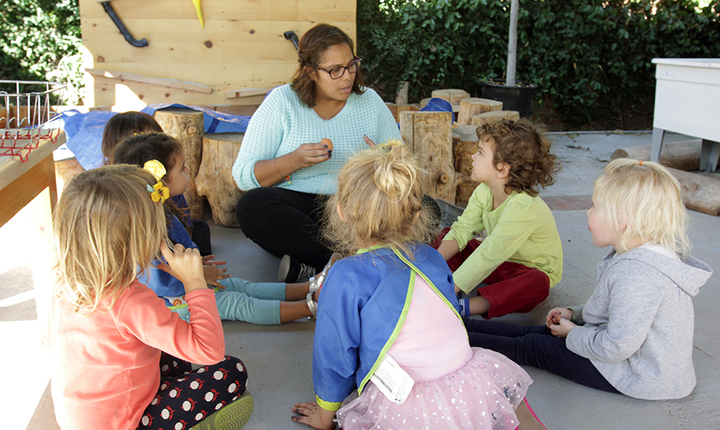
The Dynamics of Mixed Age Group in Montessori Classrooms
January 9, 2024
Montessori classrooms are known for their practice of having mixed-age groups, which is a key feature of the Montessori method. This approach allows children of different ages to learn together in the same environment. The mixed age group in montessori is typically organized into three-year cycles. Here are some common configurations:
- Infant/Toddler Community (0-3 years):
- In Montessori, there are often programs designed for infants and toddlers, where children from birth to around three years old are grouped.
- This early age group provides a nurturing environment for the very young, allowing them to explore and develop at their own pace.
- Children’s House (3-6 years):
- The most well-known mixed Montessori age group is the Children’s House, which typically includes children aged 3 to 6.
- This three-year cycle allows younger children to observe and learn from older peers, while older children reinforce their learning by helping the younger ones.
- Elementary (6-9 years and 9-12 years):
- Montessori elementary classrooms often have mixed-age groups, typically spanning a three-year age range. This could be 6-9 years (first through third grade) and 9-12 years (fourth through sixth grade).
- The mixed-age grouping promotes a sense of community and encourages collaboration, with older students mentoring younger ones.
- Adolescent Community (12-15 years or 12-18 years):
- In Montessori secondary education, a mixed-age grouping often includes students ages 12 to 15 or 12 to 18.
- This model supports a collaborative learning environment and allows for personalized and in-depth exploration of subjects.
Conclusion
The rationale behind the mixed Montessori age groups is rooted in the belief that children learn from their teachers and peers. Younger children benefit from observing and interacting with older role models, while older children reinforce their learning by helping others. This dynamic creates a sense of community, collaboration, and continuity in the learning process.
Additionally, the three-year cycle allows for a more individualized approach to education. Children progress through the curriculum at their own pace, and the continuity of the mixed-age grouping facilitates a smoother transition from one level to the next without the need for a significant change in the learning environment.


